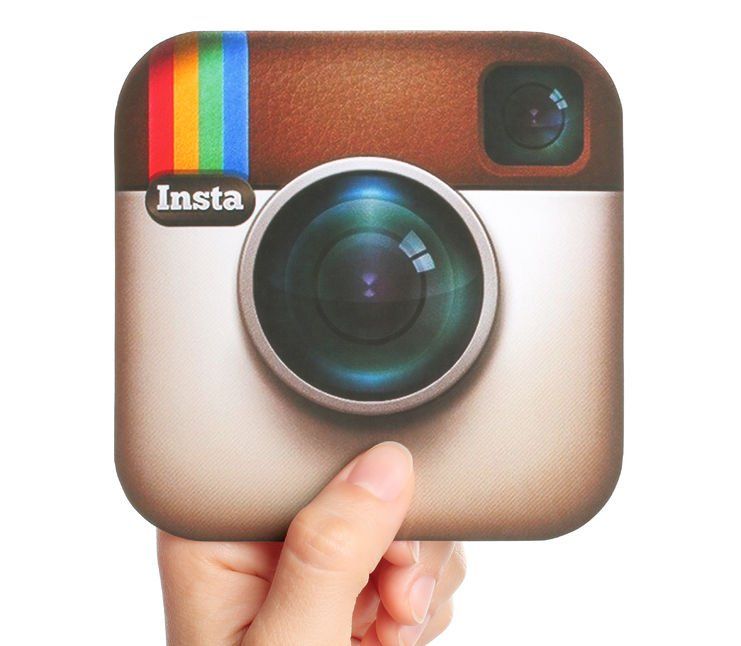Social Media is All About Networking
Of course, you want to focus your time networking with local influencers, rather than with just any ol’ person. You want to get to know other businesses that are being seen and heard by people in your city. One way to find out who these influencers are is to use Tweet Grader’s Top Twitter Cities list. Click on your city and you’ll generate a list of the most active accounts in your town. Don’t worry so much about finding those who are in your target market — it’s all about getting known on Twitter locally.
Knowing Your Competition is Key
You can’t beat your competitors if you don’t know who they are. If you truly want to top your competitors, you have to know their prices, strategies and customers. One way to get these details is to keep track of competition by using Twitter. You’ll see what they’re up to so you can counter their actions in a timely manner.
Let Your Customers Know You’re on Twitter
A lot of local businesses fail to let their customers know that they’re on Twitter. You can let them know by placing it on your receipts, posting up signs in your business and put it on your Web site and business cards. As word spreads, your customers will follow you, and their friends and family may follow you as well.
Write Content that is Fresh, Not Self-Promoting
A lot of local businesses use Twitter to advertise their articles and blog posts. Even if you are just simply posting tweets, as a general rule of thumb, you should keep to a 70:30 ratio. This means 70 percent of your tweets should be to engage people and the other 30 percent can be promotional. No one wants to be advertised to all of the time, so keep that in mind when developing your social media strategy.
Choose a Memorable Username
The username you choose for your Twitter account should be compelling, not too long and unique. Everything about Twitter is short and sweet, so keep that in mind. With a shorter username, people will be able to share your content without going over the max character limit set by Twitter. Also, you should keep your usernames consistent across all social media networks, so that people can easily find and identify you. Also, in your profile, include a business description and a link to your Web site. The photo you choose should be a professional one, or a business logo.
Tweet with Personality and a Strategy
Jumping into Twitter without a sound marketing strategy will have you jumping through hoops to get attention. All you really have to do is engage with other users by jumping into conversations and tweeting things that people would be interested in sharing or commenting on. Your tweets should be authentic and have personality, so that it feels like a person, rather than a brand.
Another formula you can use, other than the 70/30 rule is to do 1/3 tweets, 1/3 replies or retweets and1/3 self-promotion or links. To learn when the best times are to tweet, you can use Followerwonk to see your followers’ most active times.
Follow Others and They’ll Return the Favor
A great way to get more followers for your Twitter account is to follow others. You can use the advanced search feature to find people you know, as well as individuals in certain fields. You don’t only have to follow influencers — after all, your customers are the ones you want to get attention from, so look for people in your area who are tweeting about your type of services and start to follow them and they just might return the favor.
Monitor Your Account with a Twitter Management App
When your account really starts to become active, you may need some help keeping an eye on things and ensuring that your consistency remains intact. With Twitter management apps, this is made easier. For instance, you can use Tweetdeck or Hootsuite, which allow you to segment your followers into categories like prospects, customers, VIPs and influencers. Then you can have notifications setup for when people tweet certain keywords. If you don’t have time to jump on Twitter throughout the day or every day, you can schedule your tweets in advance as well.
Learn the Language of Twitter
You want to fit in with your followers, so try and learn the syntax and tone of the folks you are engaging with. Listen to their tweets to get an idea of the type of language they use and if they are big on Internet slang. This will allow you to connect better with them when you post tweets. Understanding what hashtags and how RT (retweet) is used is also important.
Grow Your Local Business with Twitter
When you use Twitter the right way, it can help you to grow your local business gradually. Of course, this alone won’t do the trick, but it should be included in your overall marketing strategy. There are other social media accounts you can work into this method, giving you broader reach and higher chances of gaining loyal followers.












